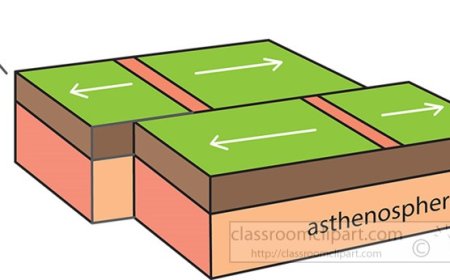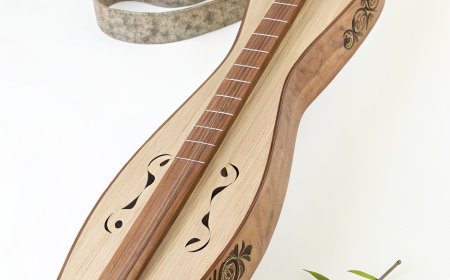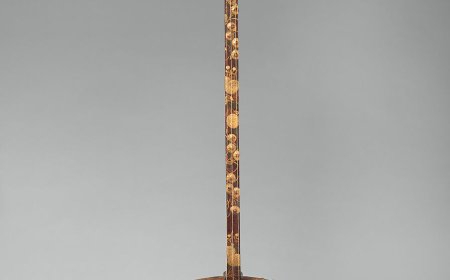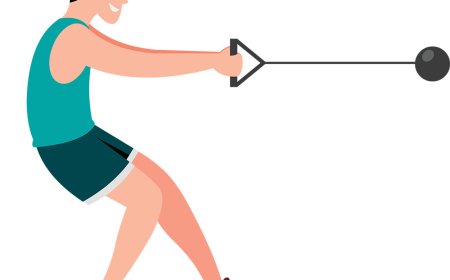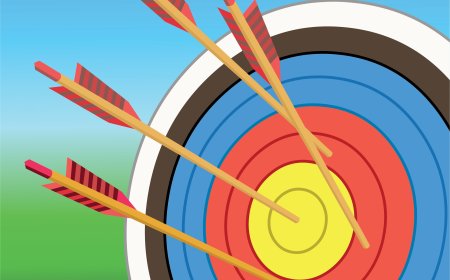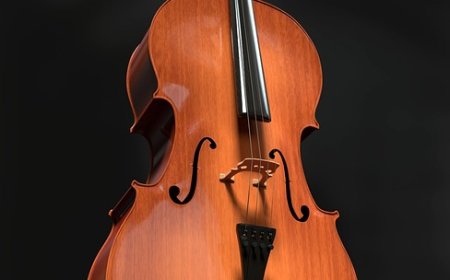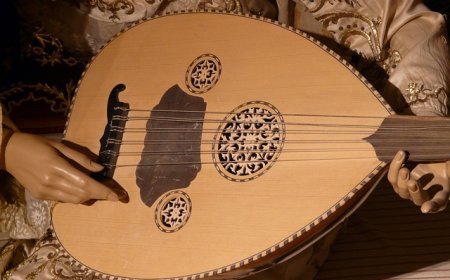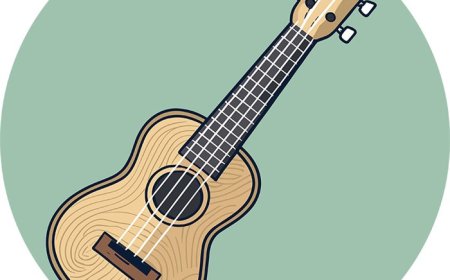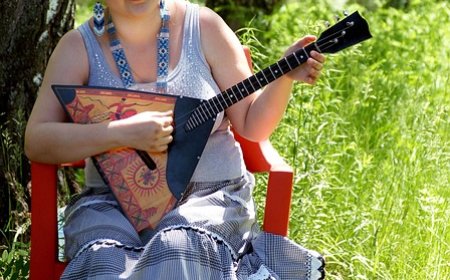Glockenspiel Facts for Students | Learn How the Glockenspiel Works & Its History
Explore how the glockenspiel works, its parts, history, famous players, and fun facts. This student-friendly guide makes learning about this bright percussion instrument easy and fun.
🥇 Introduction
The glockenspiel is a shiny, metallic percussion instrument with a bright, bell-like sound that sparkles in any ensemble. Its name means “play of bells” in German, which is fitting because it sounds like a cross between a xylophone and a set of tiny church bells. Often used in orchestras, marching bands, and classrooms, the glockenspiel is small, portable, and perfect for learning melody and rhythm.
🎶 What Is a Glockenspiel?
A glockenspiel is a pitched percussion instrument made up of metal bars arranged like a piano keyboard. It is played by striking the bars with hard mallets, usually made of plastic, rubber, or brass. Each bar is tuned to a specific pitch, and the sound is clear, ringing, and high-pitched.
The glockenspiel comes in several forms:
Orchestral glockenspiel – Mounted in a case or stand for performances
Bell lyre – A glockenspiel shaped like a lyre and used in marching bands
Classroom glockenspiel – A smaller version for students learning music
Because of its size and sound, the glockenspiel is great for teaching note reading, melodies, and rhythm basics.
🧩 Parts of the Glockenspiel
Though it’s small, the glockenspiel has a few important parts that shape its sound:
Metal Bars – Usually made of steel or aluminum, tuned to different pitches.
Frame or Case – Holds the bars in place, often with padding to reduce unwanted noise.
Mallets – Sticks with hard heads used to strike the bars.
Stand (optional) – Used in orchestral and concert settings to hold the glockenspiel at a comfortable playing height.
Some glockenspiels have two rows of bars—one for the “white keys” (natural notes) and a second row for the “black keys” (sharps and flats), just like a piano.
⚙️ How Does the Glockenspiel Work?
The glockenspiel creates sound when a metal bar is struck with a mallet, causing it to vibrate. These vibrations produce a high-pitched, ringing tone. Since the bars are metal, the sound is much brighter and more sustained than wooden-bar instruments like the xylophone or marimba.
The size of the bar determines the pitch:
Longer, thicker bars = lower notes
Shorter, thinner bars = higher notes
Players can create different effects by using different mallets (harder ones for louder sound, softer ones for gentler tones) or even by rolling or dampening the sound with their hands or cloth.
📜 History of the Glockenspiel
The glockenspiel began as a set of actual bells in the medieval period. Musicians used hammers to play tuned bells by hand. In the 1600s, these bells were replaced with metal bars for easier playing and tuning, giving birth to the modern glockenspiel.
By the 1700s, the glockenspiel was used in orchestras and military bands, often to imitate the sound of church bells. Famous composers like Mozart, Handel, and Tchaikovsky used it to add sparkle and magic to their music.
In the 20th century, it became a common part of school music classes and marching bands. Its portable size, clear tone, and easy-to-read layout make it perfect for beginners and advanced players alike.
🥁 Famous Glockenspiel Players
Though not many musicians are famous just for playing glockenspiel, several percussionists and composers have featured it prominently:
Evelyn Glennie – Renowned solo percussionist who has performed pieces including glockenspiel
Colin Currie – A percussion soloist who uses glockenspiel in contemporary works
Steve Reich – Composer who includes glockenspiel in many minimalist pieces
Tchaikovsky – Used glockenspiel famously in The Dance of the Sugar Plum Fairy
Carl Orff – Composer of Carmina Burana and developer of the Orff classroom glockenspiel method
These musicians and composers have helped the glockenspiel shine on both classical and modern stages.
🎶 Learning to Play the Glockenspiel
The glockenspiel is often a student’s first pitched percussion instrument. Its simple design and bright sound make it great for learning music theory, melodies, and rhythm.
Students typically start by learning to:
Read notes on the treble clef
Use mallet technique to strike with accuracy and control
Play simple songs like “Twinkle Twinkle” or “Hot Cross Buns”
Explore scales and build basic musical vocabulary
As they improve, students can move on to larger glockenspiels, try two-mallet playing, and join bands, ensembles, and orchestras where the glockenspiel is part of the percussion section.
😄 Fun Facts About the Glockenspiel
The word “glockenspiel” means “bell play” in German!
The glockenspiel can sound like fairy dust or magic in orchestral music.
It is often used in cartoon sound effects, like when someone tiptoes or twinkles.
The bell lyre version of the glockenspiel is played while marching.
Classroom glockenspiels often have color-coded bars for easier learning.
It is smaller and higher-pitched than the xylophone or marimba.
👧 Kid-Friendly Summary
The glockenspiel is a fun, shiny instrument with metal bars that you tap with sticks called mallets. Each bar makes a different note, and the sound is bright, high, and happy—like tiny bells. It’s great for learning music and playing simple songs. You’ll find it in bands, school music rooms, and sometimes in your favorite cartoons!
📚 Vocabulary Words
Glockenspiel – A percussion instrument with metal bars that make bell-like sounds
Mallet – A stick with a head used to strike the bars
Resonance – The way sound vibrates and lasts
Bell Lyre – A glockenspiel shaped like a lyre, used in marching bands
Treble Clef – The musical staff used for high-pitched instruments
Pitch – How high or low a note sounds
Frame – The part that holds the glockenspiel together
Vibration – The movement that creates sound when the bars are hit
❓ Interactive Quiz
1. What are glockenspiel bars made of?
A. Wood
B. Metal ✅
C. Plastic
D. Glass
2. What does “glockenspiel” mean in German?
A. Drumline
B. Bell play ✅
C. Little piano
D. Sound table
3. What musical clef is used to read glockenspiel music?
A. Bass
B. Alto
C. Treble ✅
D. Percussion
4. Which composer used glockenspiel in The Nutcracker?
A. Mozart
B. Beethoven
C. Tchaikovsky ✅
D. Haydn
5. What is a bell lyre?
A. A string instrument
B. A plastic glockenspiel
C. A marching version of the glockenspiel ✅
D. A music stand






















